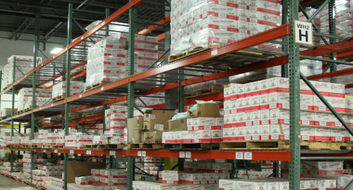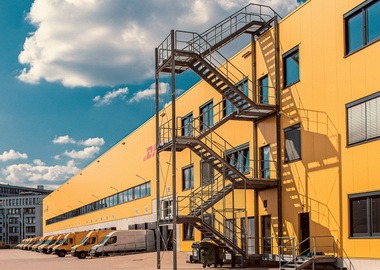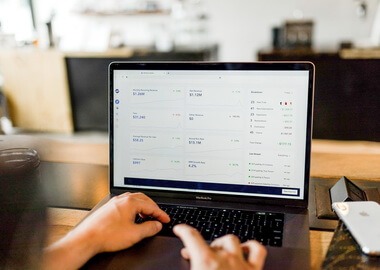How to Build a Sustainable Supply Chain: 5 Strategies You Need to Know
Many companies want a greener supply chain. But they hesitate, worried that custom supply chain software development needed for building sustainable supply chains is too complex or that the benefits are too distant.
But here’s the thing: waiting can cost more in the long run – both in wasted resources and missed opportunities. As sustainability moves from “nice-to-have” to “must-have,” companies that delay could end up paying a higher price.
Luckily, making your supply chain sustainable doesn’t have to be a headache. In this post, we’ll walk you through five straightforward strategies to build a greener, more efficient supply chain – and see results sooner.
So, let’s explore how to improve supply chain sustainability.
Sustainability in supply chain management is about balancing two goals: minimizing environmental impact while maximizing profitability. At its core, it means reducing waste, using fewer resources, and lowering emissions – all while meeting customer demands and hitting business targets.
At first, sustainability used to be more about avoiding bad press or fines. But now, it’s a smart business move – one that improves efficiency, reduces risks and helps companies stay competitive.
According to a report by DP World, these are the main reasons why businesses are considering how to build a sustainable supply chain.
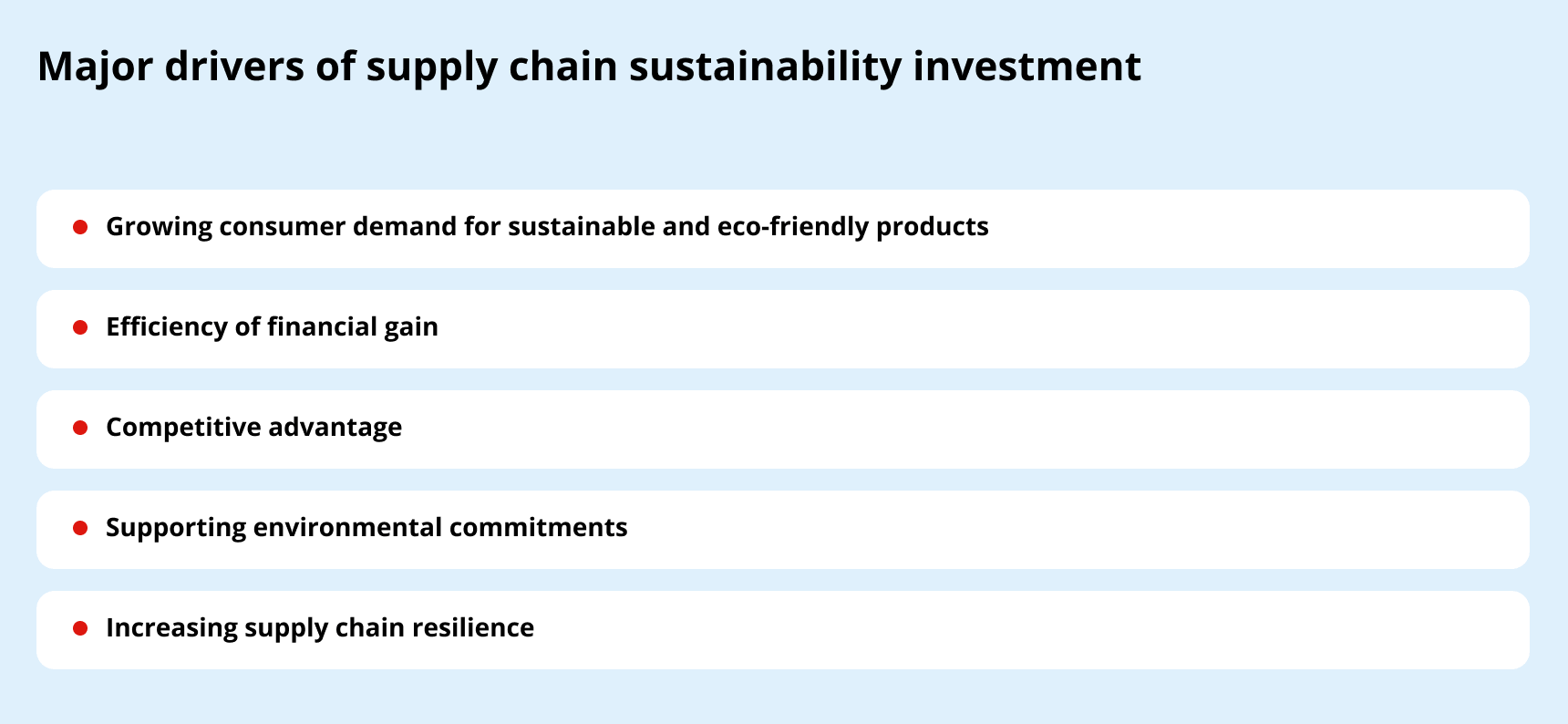
Growing consumer demand for sustainability
Commitment to innovation and sustainability attracts customers who value responsibility. In fact, 72% of consumers prefer brands that align with their values, especially Millennials seeking socially responsible companies.
Financial efficiency
Financial efficiency and sustainability work well together. As Sarah Mouriño, Senior Director of Sustainability at DP World Americas, puts it, in the supply chain, carbon and cost often follow a 1:1 ratio – cut your carbon emissions, and you’re likely cutting costs too.
Competitive advantage
Investing in sustainability may seem costly at first. But it pays off by attracting eco-conscious customers and creating an appealing brand. Key investments may include renewable energy, sustainable packaging, and efficient logistics.
Take Patagonia, for example. They set strict standards for their suppliers’ facilities and regularly assess them for alignment with Patagonia’s sustainability goals. This approach shapes their supplier choices and helps drive sustainability across the whole supply chain.
Environmental commitment support
These days, banks and investors keep a close eye on environmental, social and governance (ESG) scores and environmental commitments. Many of them now prefer partners who are serious about decarbonization and sustainability when building their supply chains. Ratings like EcoVadis help verify these efforts and form strong partnerships.
Increasing supply chain resilience
Since COVID-19, supply chains have worked to become more agile and less reliant on external factors like regulations and natural disasters. And sustainability practices help with this. For example, they encourage using different suppliers to avoid depending on just one and support buying from local sources to shorten delivery times.
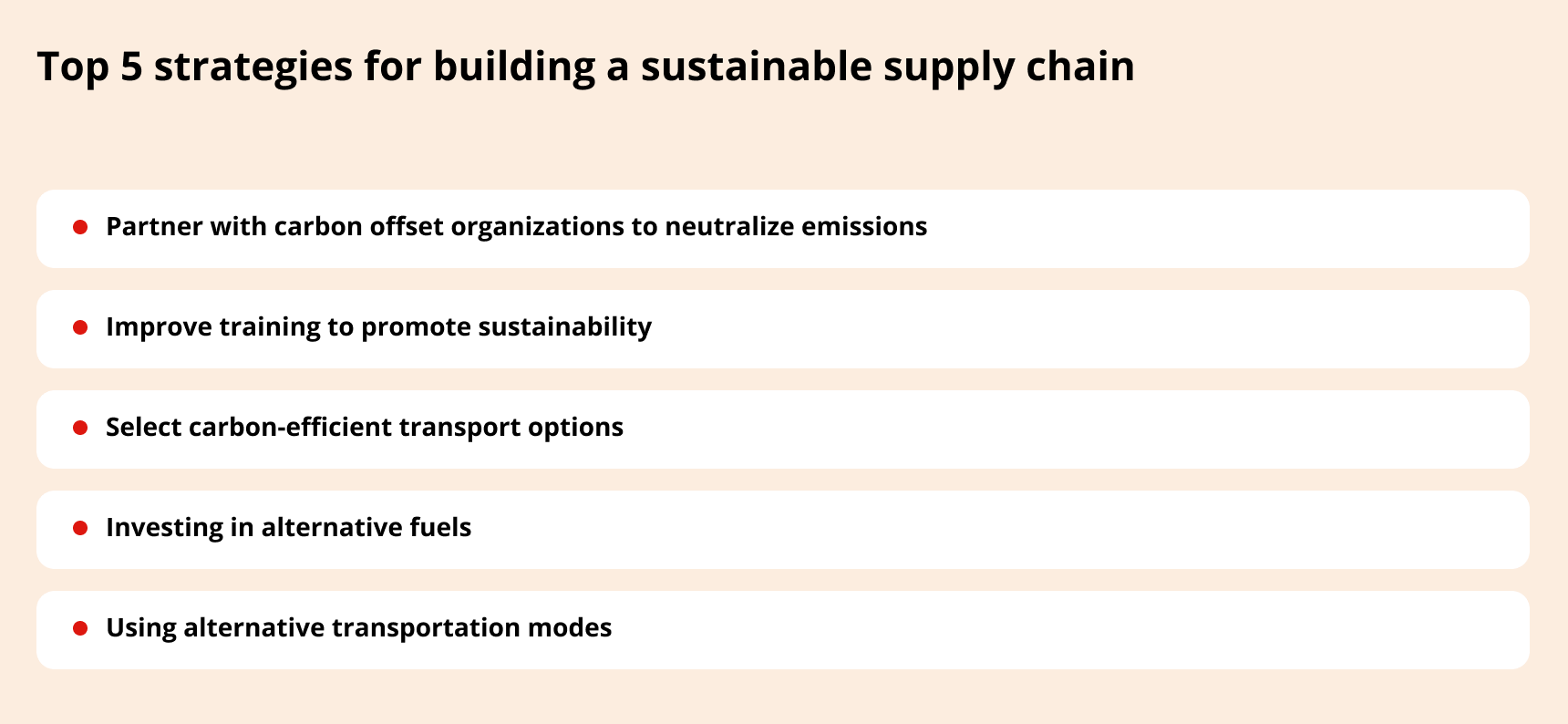
Partner with carbon offset organizations
Carbon offsetting means investing in projects that cut greenhouse gas (GHG) emissions to balance your company’s emissions. The goal is simple: compensate for the emissions you can’t avoid.
If a business emits a lot of CO2, it can partner with a carbon offset broker, like Terrapass and Native in the US or ClimatePartner in Europe. The broker assesses the company’s emissions and charges a fee. A portion of that fee funds a renewable energy project, like a wind farm. This way, even if a business can’t eliminate all its emissions, it can still make a positive impact.
Improve employee training
To build a sustainable supply chain, making your employees aware is key. This training involves teaching staff about sustainability and its benefits. The main goal? Empowering employees to make eco-friendly choices in their daily operations.
For example, a company might encourage employees to earn the Certified Sustainable Supply Chain Professional (CSSCP) credential from the International Supply Chain Education Alliance, which requires online courses and a final exam. Top universities also offer sustainability courses for professionals.
Select carbon-efficient transport options
The easiest way to make a supply chain more sustainable is by cutting down on emissions. But that doesn’t mean you have to switch entirely to electric vehicles or spend a fortune on new fleets.
Example: Digiteum’s work on a client’s maritime transportation platform highlights this. We focused on route optimization to create cost-effective and environmentally friendly paths. By connecting a lot of different data sources – like fuel consumption and weather – we ensured accurate planning. This data is presented on interactive dashboards, helping to reduce travel distances, fuel use, and emissions.
Learn how to improve supply chain sustainability with Digiteum
Our team works with you to find improvement areas like automating tasks, streamlining processes, or cutting waste. Then, we use the latest tech to integrate these best practices.
Contact logistics experts- Modal shift. Think about switching from high-emission transport methods, like trucking, to greener options, like rail or waterways. For instance, using trains for long-distance freight instead of trucks can make a big difference in reducing emissions.
- Consolidation of shipments. By combining multiple shipments into one transport load, you can maximize vehicle capacity. This means fewer trips, which helps lower the emissions tied to transportation.
- Partnerships with low-carbon companies. Teaming up with transport companies that focus on carbon-efficient practices or use green technologies is a smart move to reduce Scope 3 emissions from your partners. This can include working with carriers that use alternative fuels or have sustainability certifications.
Investing in alternative fuels
Talking about alternative fuels. Carbon taxation is a hot topic in logistics today. Many regions – including most of the EU, Japan, and Mexico – now tax fossil fuels, meaning businesses pay a fee for each ton of greenhouse gases they emit.
This drives up the cost of oil and gas, pushing companies to seek more cost-effective energy sources. Those include renewable options like solar, wind, and biofuels, as well as innovative fuels like hydrogen and ethanol.
UPS, for example, has reached 28.8% alternative fuel use in ground operations and aims for 40% by 2025 – a strong step toward more sustainable logistics.
Using alternative transportation modes
Not all transportation modes are created equal.
- Air freight is the biggest emitter, producing up to 500 grams of CO₂ per ton-kilometer.
- Road transport is next, with emissions of 60–150 grams per ton-kilometer depending on the type of vehicle and load.
- Rail freight averages 20 grams, making it a more sustainable choice when possible.
- Ocean shipping comes in as the most carbon-efficient for large, non-urgent shipments, producing just 10–40 grams per ton-kilometer.
Depending on the situation, companies can choose the best mode to balance sustainability and delivery goals. Apple, for example, is shifting more shipments from air to ocean. They estimate that this move will cut emissions by 95% compared to air freight.
Monitoring sustainability efforts requires specialized tools.
A recent SAP report shows that 22% of industrial manufacturers use software to track emissions, gather ESG data, ensure supply chain transparency, and integrate recycling or circular economy elements into their products.
Let’s look at the key technologies behind different types of logistics software and the value they offer.
Real-time tracking
Implementing real-time data tracking across the supply chain provides end-to-end visibility in the supply chain. The technology keeps you aware of emissions, energy use, and resource consumption at every stage.
Using IoT sensors, businesses can continuously track things like fuel usage, idle times, and route efficiency. This helps them make changes that reduce CO2 emissions and cut fuel costs. The result is a more sustainable and cost-effective supply chain.
Data aggregation platforms
For sustainability software to work well, it needs to pull together data from different sources. There are several ways to achieve supply chain data integration, like using APIs or off-the-shelf integrations.
No matter the method, the goal is the same: companies get emissions data from various partners and organize it into a single system. This makes it easier to access and analyze emissions data for reporting.
Avoid double counting with Digiteum
We help you get accurate emissions tracking and improve reporting transparency to prevent incorrect data and misleading conclusions.
Learn morePortals
Portals designed for manufacturers, suppliers, and other partners can make sharing data easier. How does it work? With ready-to-use solutions like EcoVadis and CDP Supply Chain, or custom self-service portals, you get a structured platform for consistent emissions reporting. They also help standardize reporting requirements throughout the supply chain.
Sustainability is a big goal, and you need a reliable partner for both short-and long-term projects.
Here’s why Digiteum is the right choice:
- We combine expertise in greentech software development and custom software development for logistics. This means we know how to gather and use essential information from your supply chain for your green initiatives.
- Our portfolio includes a wide range of projects, from warehouse optimization to route planning and fleet management.
- When we start a new project, we focus on cutting costs and increasing profits. Our partners appreciate this approach, which is why we’ve built long-lasting relationships with many of them – some for years and even decades.
Let’s talk!
Get in touch, and we’ll discuss how our expertise can help make your business more sustainable.
Hire logistics experts- How can a supply chain be sustainable? And how can businesses make that happen? It starts with tracking their own emissions and picking partners who also follow sustainable practices. When it comes to managing and reducing emissions, the key is simple: control what you can and influence what you can’t.
- Technologies can improve visibility and transparency in the supply chain. With IoT trackers, cloud-based solutions, and dedicated portals, businesses can keep tabs on their own carbon footprint and that of their partners.
- If you’re looking to discuss your specific situation and explore custom solutions to make your business more sustainable, reach out to Digiteum – and we’d be happy to help.




